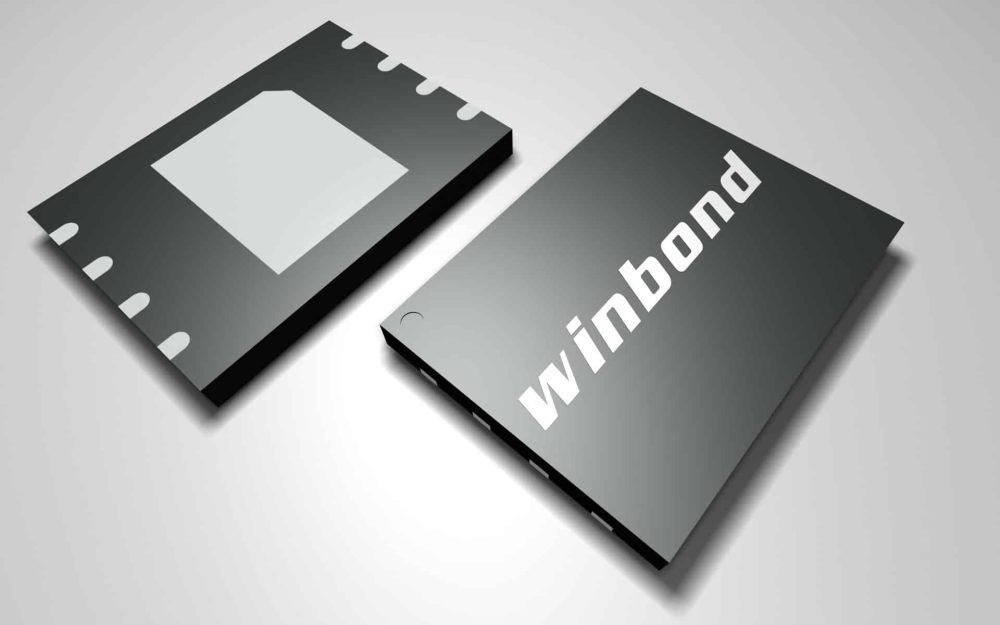Windows 11 adoption has been slower than Microsoft would like, mainly due to strict system requirements that many older PCs don’t meet. If you’re among those with an aging device that can’t handle Windows 11, Microsoft has a straightforward—if impractical—recommendation: buy a new computer. While the advice may sound logical from a technical perspective, it ignores several critical issues, including affordability, practicality, and environmental impact.
Why Some PCs Can’t Upgrade to Windows 11
Windows 11 demands modern hardware, including recent processors and a Trusted Platform Module (TPM 2.0), a security feature many older devices need to improve. This leaves PCs running Windows 8.1, Windows 7, or earlier entirely unsupported. While Windows 10 users still have time—support ends in October 2025—the clock is ticking. Without an upgrade, these systems will soon be at risk of cyberattacks due to the lack of security updates.
Many users aren’t able to upgrade their current PCs to Windows 11. Even if a hardware upgrade is theoretically possible, it often requires replacing multiple components, such as the processor, motherboard, and memory. Upgrades are even less feasible for laptops or all-in-one devices.
Microsoft’s Official Solution: Buy New
In a recent update to its help documents, Microsoft outlined options for unsupported PCs, including buying a new device. The company touts modern PCs as “faster, more powerful, and more secure,” linking users to a showcase of Windows 11-ready devices. While this advice is technically sound, it’s only sometimes realistic.
The Real Problem: Environmental Impact
The recommendation to buy new hardware comes with significant environmental concerns. Millions of unsupported PCs could end up as electronic waste, contributing to a massive global landfill problem. Older machines, many of which still perform adequately, might be scrapped simply because they can’t meet the latest software requirements. This approach undermines sustainability efforts and needs to include the potential for repurposing or extending the life of existing devices.
What About Windows 10?
Upgrading to Windows 10 is a temporary solution for users stuck with older hardware. While it’s less demanding than Windows 11, its end-of-support deadline in 2025 makes it a short-lived fix. Microsoft offers extended support options, but they can be expensive—making them inaccessible to many mainstream users.
A Better Way Forward
Microsoft’s “buy new“ strategy isn’t sustainable for users or the planet. The company should explore more inclusive and environmentally friendly solutions, such as:
- Extended Support at Affordable Prices: Offering affordable extended updates for Windows 10 could help users delay costly upgrades while keeping their devices secure.
- Lightweight Windows 11 Versions: A scaled-down version of Windows 11 for older PCs could help users stay current without buying new hardware.
- Support for Modular Upgrades: Encouraging modular PC designs that allow users to replace specific components could reduce the need for complete system replacements.
Conclusion
While Microsoft’s advice to buy a new PC may be the easiest route for those with outdated devices, it’s not the most thoughtful one. With millions of PCs set to lose support in the coming years, this approach’s environmental and financial costs should be lowered. Instead, Microsoft should prioritize solutions that extend device lifespans, promote affordability, and minimize environmental harm. For now, users with unsupported PCs face a tough decision that shouldn’t have such sweeping consequences.

